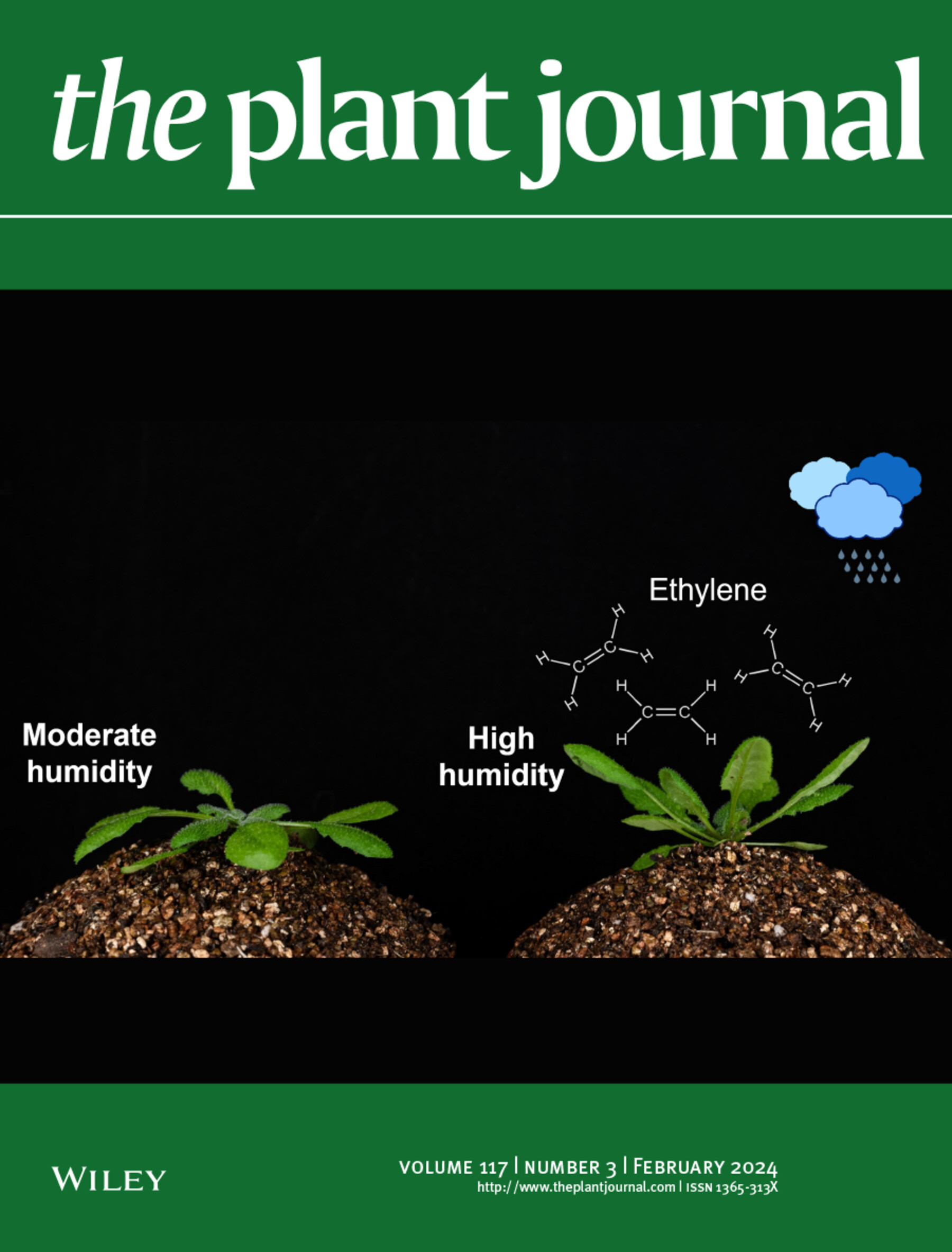LoZAT12 accelerates flower senescence by activating the biosynthesis of salicylic acid and ABA in Lilium oriental hybrid ‘Siberia’
Abstract
Flower senescence is an intrinsic developmental process in plants that is regulated by phytohormones, including salicylic acid (SA) and ABA. Senescence significantly influences the quality and duration of flower opening in ornamental plants, leading to the loss of their economic value. The C2H2-type zinc finger protein family is known to play a crucial role in plant stress responses; however, its involvement in the regulation of flower senescence has yet to be reported. In this study, LoZAT12, a Lilium oriental hybrid C2H2 zinc finger protein, was found to be a key regulator in SA- and ABA-mediated lily flower senescence. The expression of LoZAT12 significantly increased during the late stage of flower opening, accompanied by the elevated levels of SA and ABA. Silencing of LoZAT12 resulted in a delay of flower senescence, whereas overexpression of LoZAT12 accelerated senescence in lily flowers, which was also confirmed in transgenic Arabidopsis. Furthermore, LoZAT12 was shown to directly bind to the promoters of SA and ABA biosynthesis-related genes, LoPAL2 and LoNCED3, thereby activating their expression and enhancing the levels of SA and ABA. Additionally, LoZAT12 bound to the promoter of the protease gene LoSAG39 and induced its expression, thereby facilitating lily flower senescence. The roles of LoPAL2 and LoNCED3 in promoting lily flower senescence were further confirmed through gene silencing. This study elucidates the dual-regulatory function of LoZAT12 in modulating the accumulation of SA and ABA, establishing a positive feedback loop that contributes to the coordinated flower senescence in lilies.


 求助内容:
求助内容: 应助结果提醒方式:
应助结果提醒方式:


